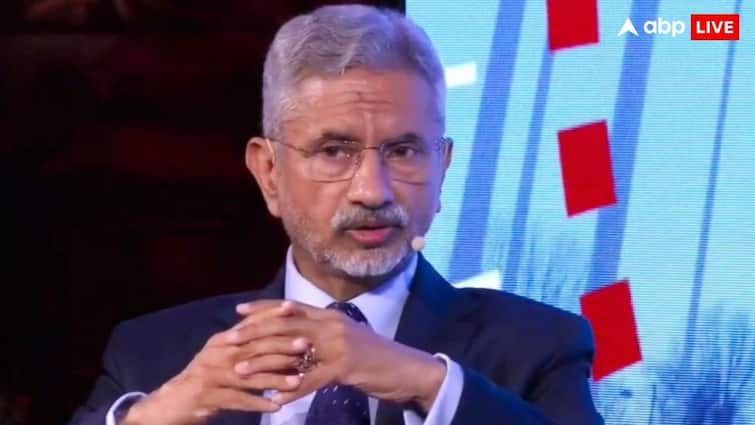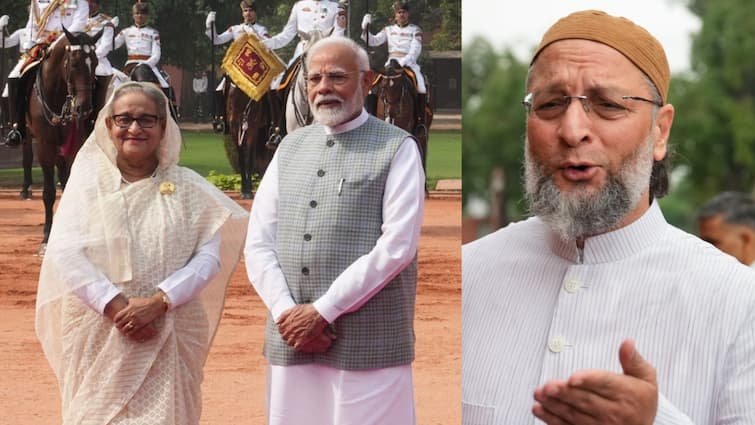External Affairs Minister S. Jaishankar on Friday highlighted the urgent need for a global workforce, stressing that national demographics alone cannot meet rising demands.
His remarks come at the heels of the tightening of immigration policies, with US President Donald Trump recently announcing a $100,000 fee on H-1B visas, heavily affecting Indian professionals.
As per a PTI report, while speaking at ‘At the Heart of Development: Aid, Trade, and Technology’ hosted by the Observer Research Foundation (ORF) on the sidelines of the UN General Assembly, Jaishankar said, “Where that global workforce is to be housed and located may be a matter of a political debate. But there’s no getting away. If you look at demand and you look at demographics, demands cannot be met in many countries purely out of national demographics. This is a reality.”
EAM Calls For A Global Workforce Model
Jaishankar argued that the world must create a more acceptable, contemporary, and efficient model of workforce distribution. In today’s re-engineered global order, he said, countries will enter new trade partnerships and strike deals they may not have considered earlier.
“For all the imponderables and uncertainties, eventually trade does find a way,” he observed, pointing out that better logistics, shipping, and digital systems have made trade smoother than ever before.
What Is Driving This Change?
According to Jaishankar, rapid shifts in technology, connectivity, and workplaces will reshape the global economy in the near future. He emphasised the importance of building national capacities and self-reliance, an area where India is actively focused.
Citing India’s Digital Public Infrastructure (DPI), he said the model is being adopted globally as it is seen as more practical and relevant than Western systems.
Rising Global Uncertainty
The minister underlined the turbulence in global politics and economics, referencing Trump’s shifting policies in his second term. “Times are different. A few months make a difference. A few weeks make a difference,” he remarked, adding that the public glare around these changes has magnified their impact.
In recent years, nations worked to diversify supply chains. Now, Jaishankar said, the challenge extends to securing market access and avoiding over-dependence on any single market.
The New Challenge
“Almost the entire economic chain has become far more riskier… How do you safeguard yourself against unforeseen contingencies? That’s a very big challenge for the entire world,” he said.
According to Jaishankar, the biggest diplomatic challenge today is to de-risk economies, hedge against volatility, while building resilience.



